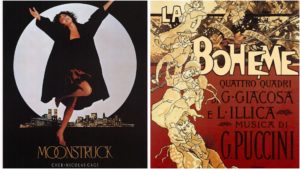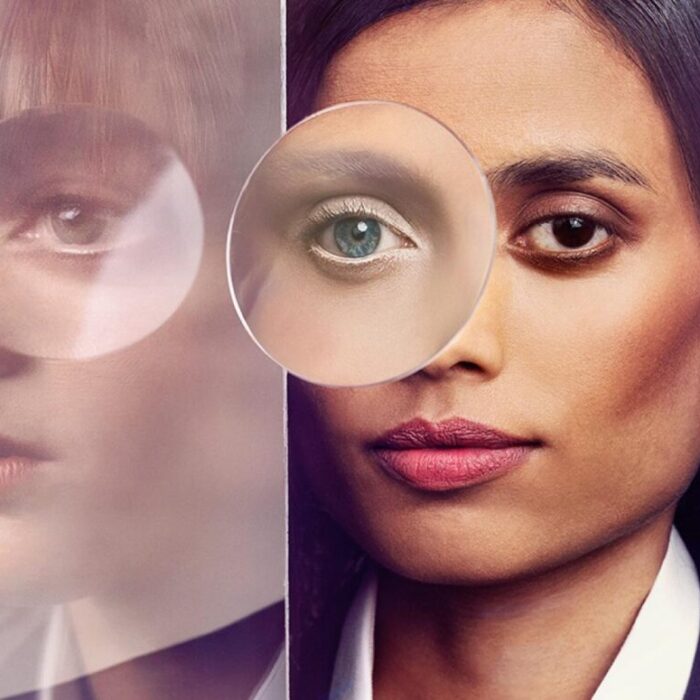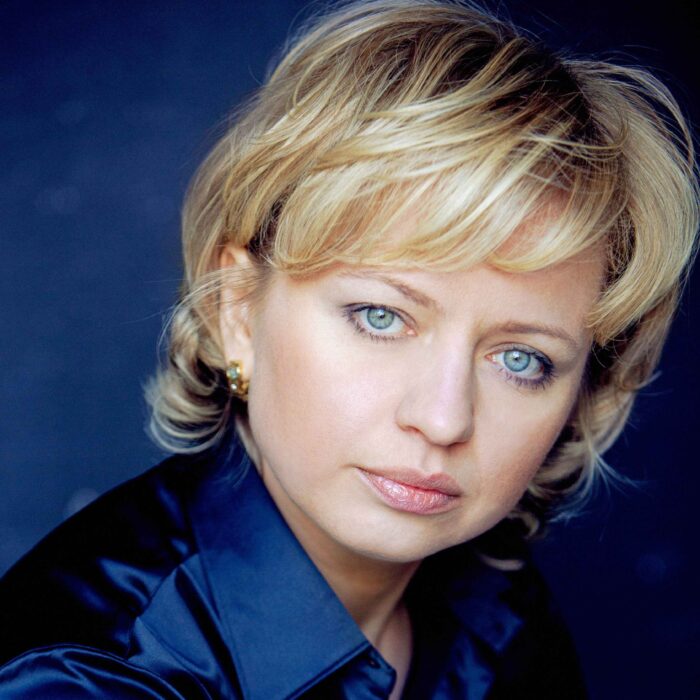
Opera Meets Film: Puccini’s ‘La Bohème’ As a Psychological Barometer in ‘Moonstruck’
By David Salazar“Opera Meets Film” is a feature dedicated to exploring the way that opera has been employed in cinema. We will select a section or a film in its entirety, highlighting the impact that utilizing the operatic form or sections from an opera can alter our perception of a film that we are viewing. This week’s installment will showcase Norman Jewison’s “Moonstruck.” As always, SPOILERS ahead.
One of the iconic moments of film meeting opera takes place in “Moonstruck.” Loretta and Ronny walk into the Metropolitan Opera of all places and catch a production “La Bohème (Opera aficionados will no doubt notice that the segment from the opera shown to us is clearly not Franco Zeffirelli’s iconic production).”
As the two lovers sit in the audience, we get a segment of Mimì’s famous “Donde lieta,” the first such instance of the moment in the entire film. Loretta cries, Mimì’s resignation of her love for Rodolfo echoing the way she feels regarding her pending marriage and true love for Ronny. In this moment, the opera itself reflects the inner turmoil of the film’s characters.
It is incidentally this very moment where the audience has no doubt as to where Loretta’s true feelings lie. Jewison removes all doubt about which man she really wants to be with and the audience is now fully behind this potential pairing.
The reason this moment works so well is the set-up. The entire movie prepares us for this very encounter of emotions, which is incidentally the climax of the entire picture. The opening shots of the film take us to the Met itself, the entire sequence emphasizing its prominence within this story. We have no idea why the Met is so important because none of the central characters are seen interacting with it initially.
As the film slowly but surely develops, Puccini’s famed masterpiece starts taking over the musical score. At times rather overtly with Puccini’s original score, and at others in arranged versions of the melody. No doubt opera lovers will pick up on it but others who aren’t opera buffs may find themselves unaware. But then Jewison starts to present the opera as part of the soundtrack and then callback to the same music with an arrangement. Now the two are fused for the viewer and the opera starts to take over the score more and more prominently.
Why? Because Ronny has started to take over Loretta’s life.
Ronny is opera. Not only is he deeply in love with it (he claims it to be one of his two true loves, besides Loretta), but his behavior from the outset is operatic. Jewison introduces him in a theatrical manner, hiding his face from view. He is all emotion in his first scene laying out his backstory in an extended monologue that is arioso in its style. And of course, the first encounter with Loretta is right out of “La Bohème.” The two meet in his flat for a chat and then fall in love in an instant as “O Soave Fanciulla” lights up the score. His entire apartment is lined with images from opera, in case you missed the connection. From this point forward, Puccini’s score dominates the non-diegetic music as Loretta prepares for her date at the opera. And once they get to the opera, Puccini’s score is manic, jumping from one musical section to another.
It all works as a way of telling the viewer that Loretta’s life is now dominated by this operatic figure of Ronny, whose first encounter reflects that of Mimì and Rodolfo. The difference is she gets a happy ending with her man.


